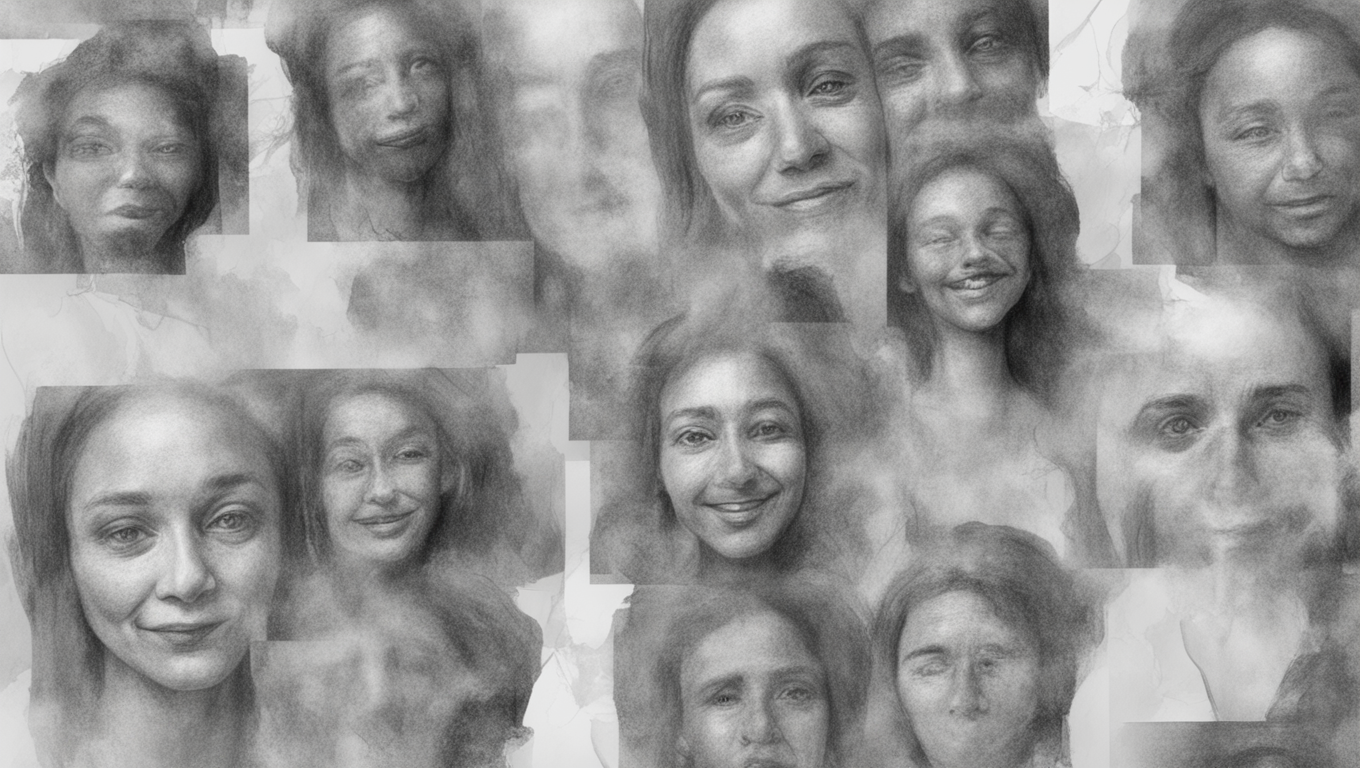In the rapidly evolving field of artificial intelligence (AI), concerns over image authenticity and the use of deepfakes have become paramount. OpenAI, the Microsoft-backed AI company responsible for the popular DALL-E image generator, has just unveiled a new tool aimed at addressing these concerns. The tool, still in its testing phase, is designed to detect whether digital images have been created by AI.
Deepfakes are manipulated images or videos that can appear incredibly realistic, often leading to misrepresentation or the spread of false information. With the proliferation of AI technology, authorities have grown increasingly worried about the potential impact of deepfakes on society. OpenAI’s image detection classifier is a significant step towards combating this issue.
During internal testing on an earlier version of the tool, OpenAI found that it accurately detected approximately 98 percent of DALL-E images while flagging less than 0.5 percent of non-AI images. However, the company acknowledged that modified DALL-E images presented a greater challenge for detection. Additionally, the current version of the tool only flags around five to 10 percent of images generated by other AI models.
Acknowledging the importance of industry-wide collaboration in tackling this problem, OpenAI has decided to join the Coalition for Content Provenance and Authenticity (C2PA). This tech industry initiative aims to establish a technical standard for determining the origin and authenticity of digital content. As part of their commitment, OpenAI will now add watermarks to the metadata of their AI-generated images. This move will align OpenAI with other major players, such as Facebook’s Meta and Google, who have also joined the C2PA and have committed to labeling AI-generated media according to the standard.
OpenAI’s announcement comes at a crucial moment, as the battle against deepfakes and the maintenance of image authenticity continue to dominate discussions surrounding AI. The ability to accurately identify AI-generated images is a crucial step towards maintaining trust and transparency in the digital landscape. As the AI industry expands and develops, concerns regarding image authenticity will only increase. It is commendable that OpenAI is taking proactive steps to address this critical issue.
In the words of an OpenAI spokesperson, “We believe that by developing and implementing this image detection tool, we can contribute to the efforts of promoting a trustworthy and authentic AI ecosystem. Collaboration with industry partners through initiatives like the C2PA is crucial, and we are committed to working together to tackle the challenges of image authenticity in the digital age.”
With OpenAI’s new tool and the ongoing efforts of initiatives like the C2PA, there is hope that the AI community can combat the threat of deepfakes and guarantee image authenticity. As technology continues to evolve, it is essential for companies and organizations to come together to find effective solutions.





Use the share button below if you liked it.